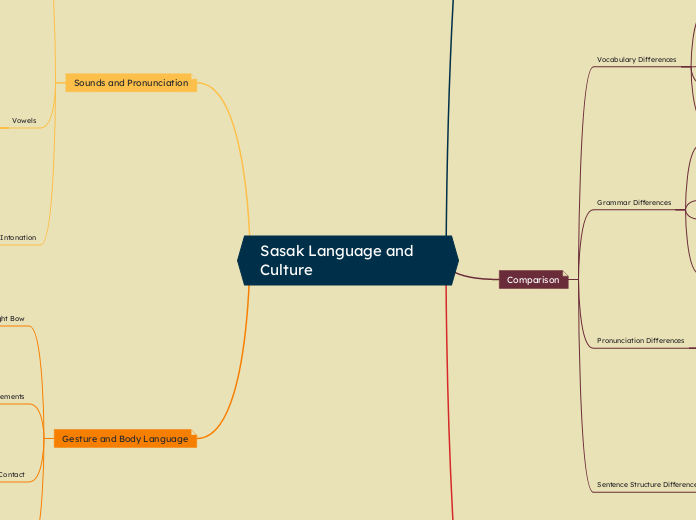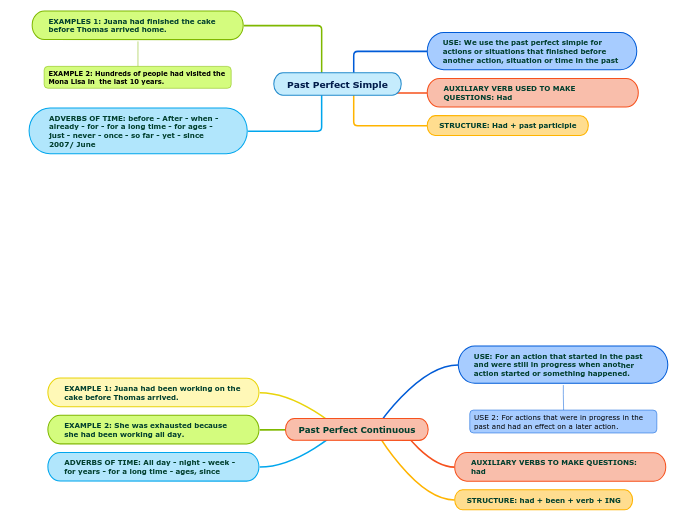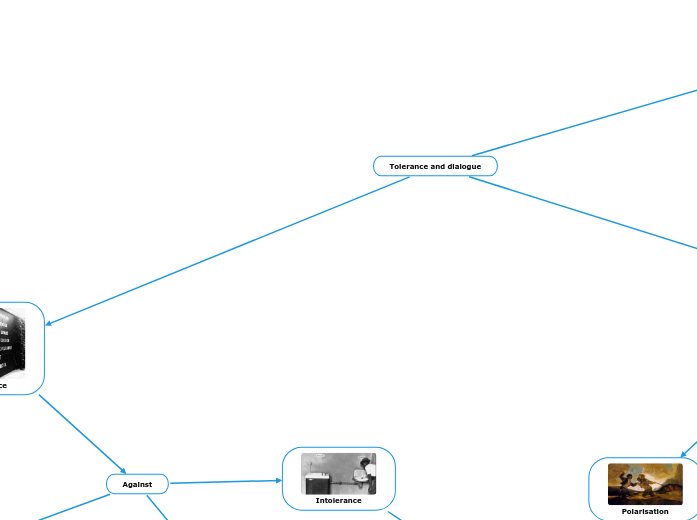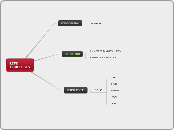af Luna’s playz 780 11 måneder siden
103
Sasak Language and Culture
In Sasak culture, non-verbal communication plays a crucial role in social interactions, with specific gestures and body language conveying important social cues. Touch is used to express solidarity and camaraderie, often seen through light touches on the arm or shoulder during informal conversations.









